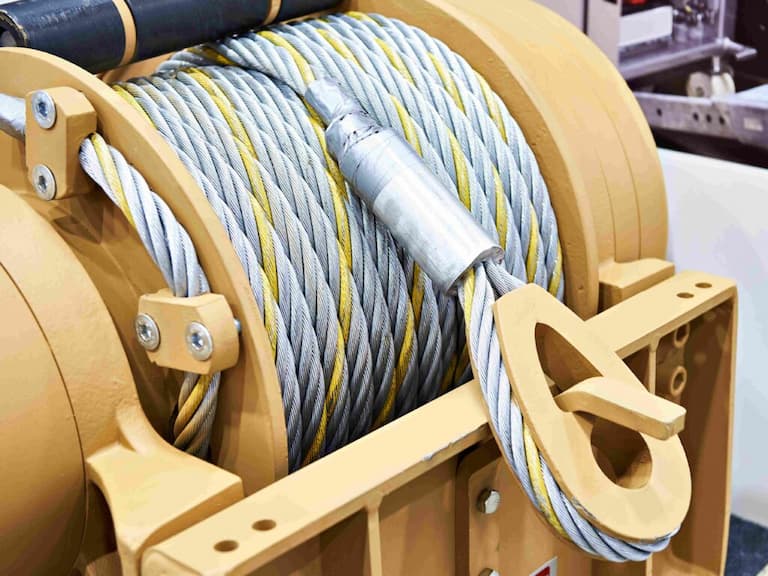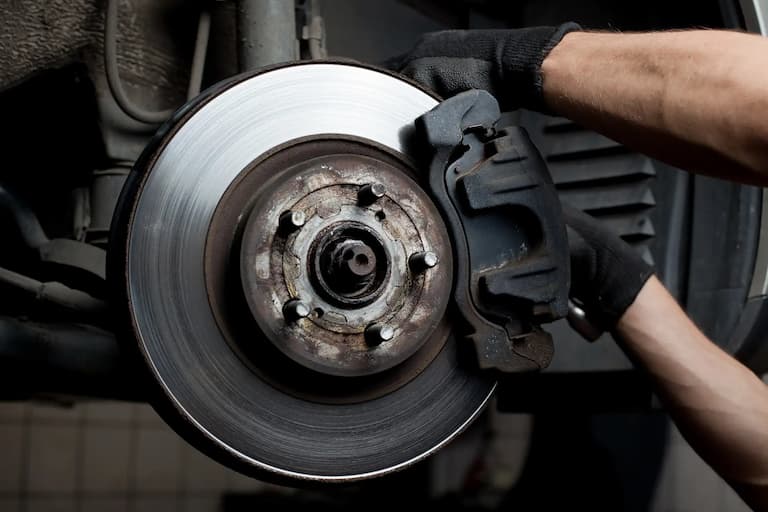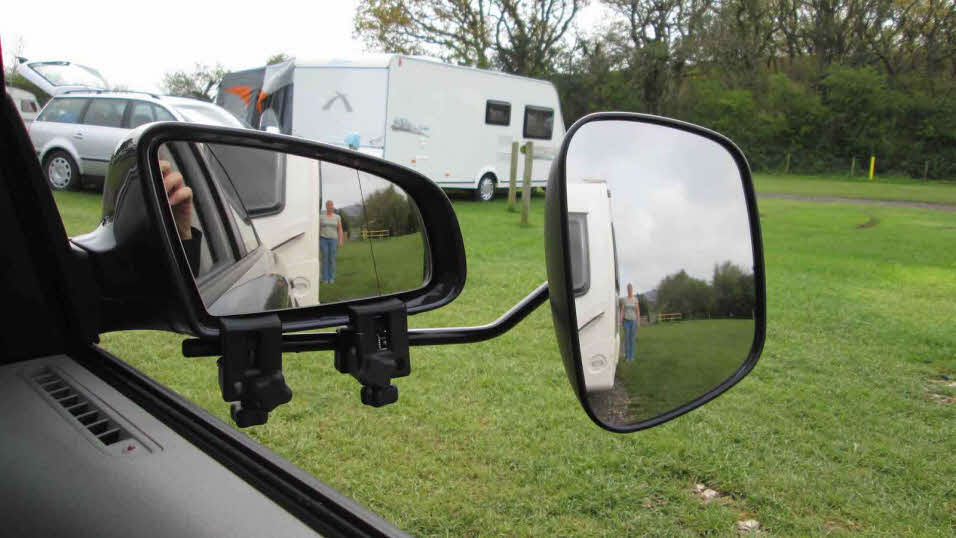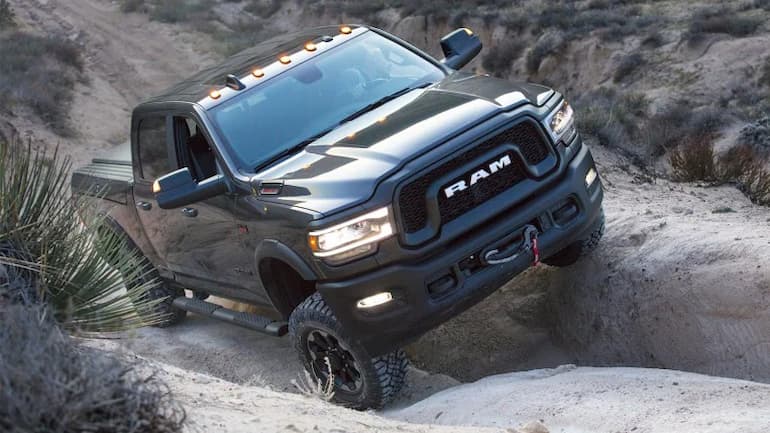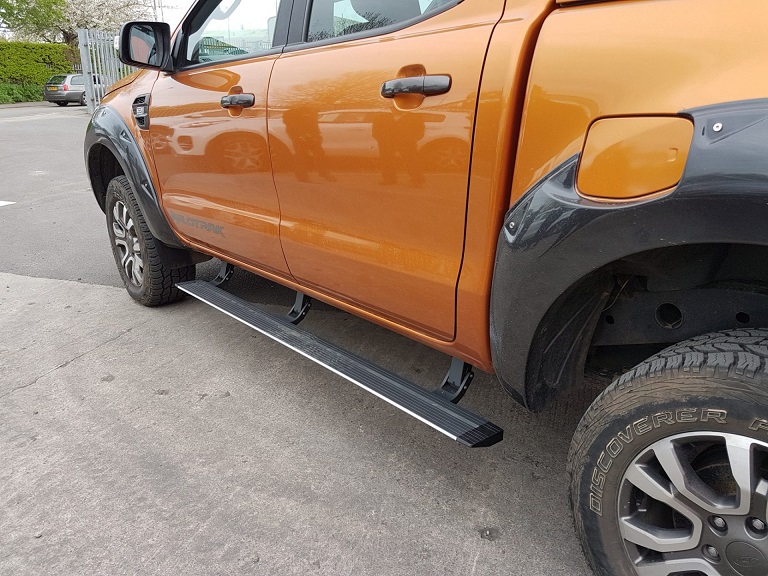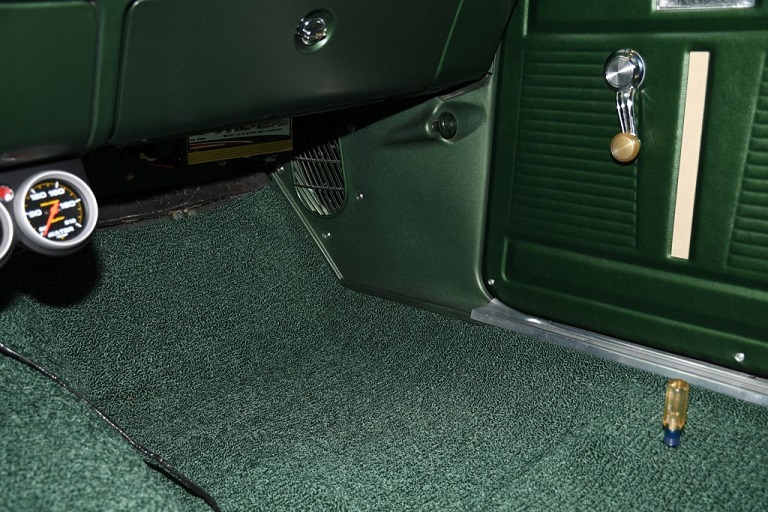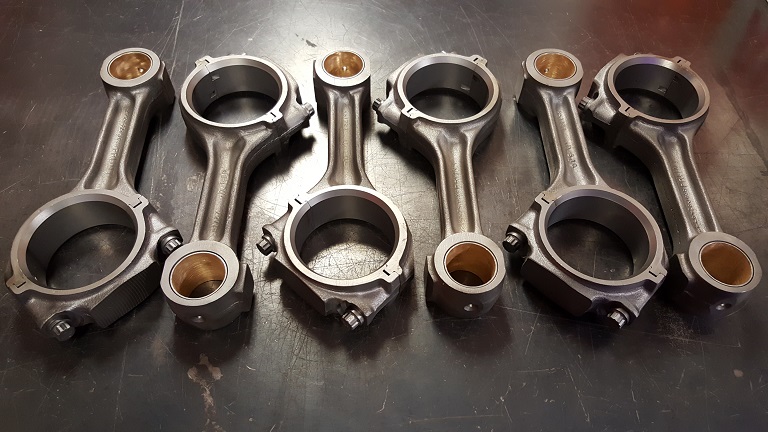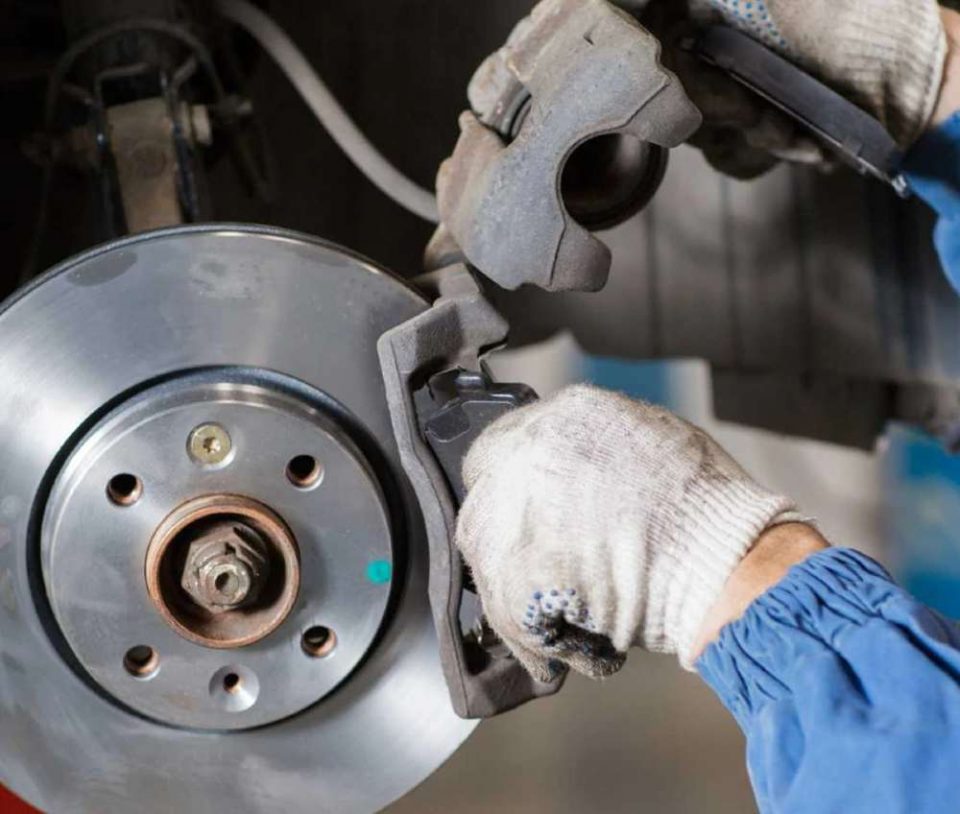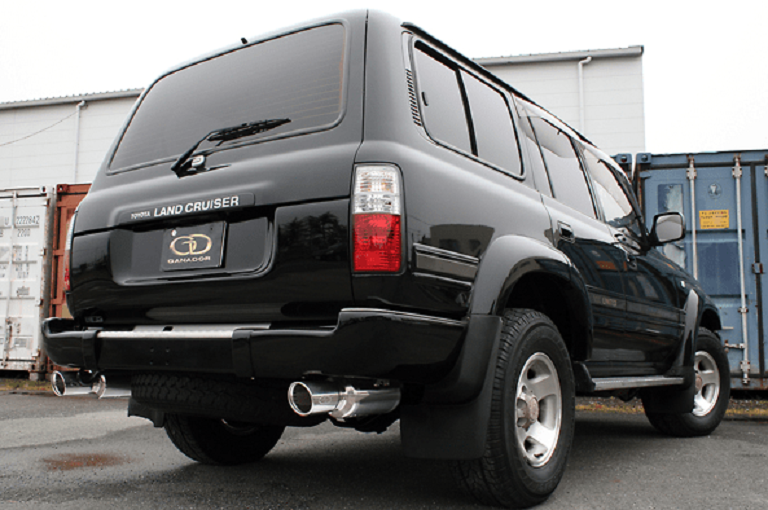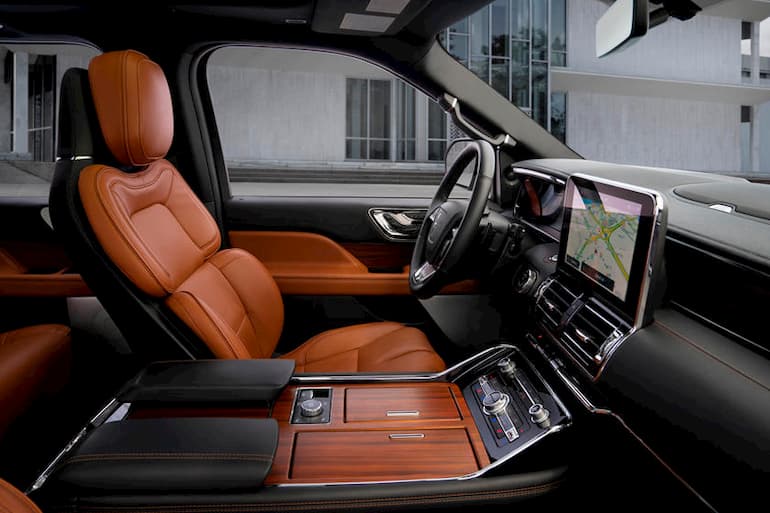When it comes to what gear to bring on a motorcycle ride, there is a long list of necessary and recommended items. What you decide to wear and carry is frequently a matter of personal preference depending on comfort, performance, safety, and style. However, there is certain critical equipment that experts suggest you should always have accessible when starting out on a long ride, including a motorcycle helmet, jacket, pants, gloves and boots.
Automotive
A Guide to Winch Ropes: Which Type of Ideal for You?
If you regularly go off-roading, then you already know that sooner or later, every 4×4’er eventually finds themselves axle-deep in mud or immovably wedged between a not-so proverbial rock and a hard place. Winching is an unavoidable part of off-roading, which means you need to have quality winching gear with you at all times. It’s about more than just the winch itself, though: it’s about the ropes or cables you’re going to do the winching with.
If you think they’re both the same, then you need to think again; and it only takes one recovery attempt gone wrong to realise just how different they are. It’s not a difference that you want to take for granted, and taking the steps early to research the differences is going to be time well spent.
Safety First With Synthetic Ropes

As natural as it is to think that using the heaviest duty steel cable available is the surest means for getting your vehicle unstuck, it may not be. Steel cables have been the mainstay of power take-off (PTO) winches for decades, but with the increased use of high-performance synthetic winch cable ropes for towing and vehicle recovery, off-roaders now have a lighter, more versatile, and ultimately safer option at their disposal than they’ve ever had. With a tensile strength of 9,000kg, a 10mm section of 12-strand, ultra-high molecular weight polyethylene (UHMWPE) rope boasts nearly twice the loading force of a 3/8” (9.5mm) steel cable. And with synthetic winch ropes for sale in diameters up to 12.7mm and yielding tensile strengths up to 11,000kg, you’re not likely to find a heavier duty line to get unstuck with.
Assuming your vehicle’s GVM is within the limits of the steel cable that’s currently on your winch, there is still the question of how much more advantageous is a synthetic winch rope actually going to be when you’re trying to dislodge your vehicle. The answer is simple. When a steel winch cable catastrophically fails under load, a massive amount of kinetic energy is going to get released in a violent, whip-like recoil that could be every bit as lethal as it will be unpredictable. The same energy is also released when higher-strength synthetic winch ropes reach their breaking tension; the recoil, however, if any, won’t be with the ferocity of a shattered steel cable.
The peace of mind that comes from knowing you can safely recover your 4WD without worrying about dangerous steel cables is a convincing reason to buy winch rope, but there are other benefits as well. Synthetics continue to prove that they’re every bit as tough as steel in many cases, at just a fraction of the weight.
Synthetics are Better Than Steel
It’s easy to see how synthetic winch rope cable can become a viable replacement for traditional steel cable. As a composite that’s the basis for personal armour plating, a UHMWPE-based 4WD winch rope lists a host of characteristics that lend itself well to the gritty high performance of off-roading in ways that other polymers can’t, such as:
- Good UV and abrasion resistance;
- High resistance to elongation when stretched;
- Melt resistance to 150°C;
- Resistance to kinking or rotation when in use; and,
- Low water absorption and high buoyancy.
This last trait is especially valuable in a 4X4 winch rope, given the potential for using a winch to either cross a body of water, or to recover from getting stuck in one. Escorting a floating rope through chest-high water is a hundred times easier than dragging a steel cable across a muddy river bottom, and all you have to do when the recovery’s made is rinse it free of any mud or dirt, let it dry thoroughly, and pack it back inside its cover until you need it again.
Shedding Weight with Synthetic Rope
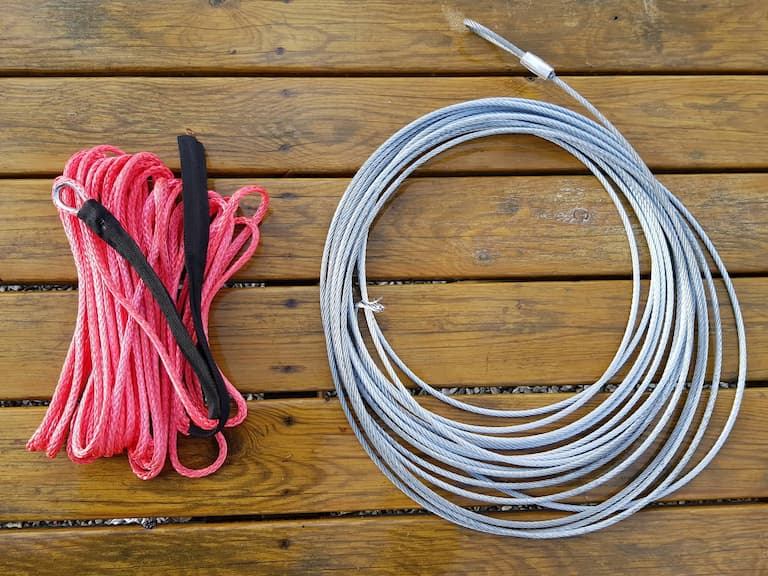
As useful as a synthetic winch rope may be at helping you recover your vehicle, it can even play a part in helping you avoid the recovery predicament altogether. Weight may not be the first thing you think about when you’re deciding whether a synthetic winch rope for sale is right for you, but take a moment to look at the numbers.
A 40m reel of 10mm rope winch cable only weighs 3kg, while 38m of 3/8” steel cable tips the scales at 12kg. If you’re concerned about how much weight you’re going off-roading with – and you should be – that’s 9kg that every 4X4 could easily afford to lose. Plus, without the heavy steel cable, you can also upgrade to a lightweight aluminium fairlead and save another 10kg.
Regardless of whether you’re into serious competition off-roading or just like kicking around the trails on the weekends, 19kg is a lot of weight, and shedding it from your front bumper is going to give you the benefits of:
- Increased ground clearance at the front end;
- A noticeably lighter front-end that’s easier to control; and,
- An equipment weight savings that also translates to a cost and weight savings in fuel.
The less weight you hit the trail with, the less likely you are to get stuck, and synthetic winch cables are going to give you immediate weight savings.
The Final Word
At the end of the day, it’s hard to overlook the advantages of switching to synthetic rope. And if the physics and the math aren’t enough to convince you, it’ll only take hauling a steel cable up a steep incline in ankle-deep mud a few times to realize that there has to be an easier way. A high-quality synthetic winch cable brings safety to the forefront while eliminating the headaches of reeling and winching heavy steel cables. And once you’ve made the switch from steel to synthetic, you won’t go back to steel ever again.
Steps to Ensuring Your Braking System is in Good Shape
Upgrading your 200 Landcruiser’s braking system can seem like a complicated task. With so many different parts made for different models and years, choosing the right one can be difficult. There are thousands of different manufacturers who produce these parts, and these parts can vary greatly in shape, size and the materials they’re made of. If you’re stumped on which braking 200 series accessories to buy, don’t fret – I’ll sway you in the right direction. No matter whether you’re looking for brake pads or rotors, you’ll get a good idea of what to look for.
Reasons to Buy Toyota Kluger Protective Accessories: Most Popular Accessories
Protective accessories for your Toyota Kluger can go a long way in preventing minor and major damages that occur naturally or from accidents. This is especially true if you live in the more rural parts of Australia or frequently take your Kluger off the beaten trail, or journeys across the outback. The Australian outback is notorious for being unfriendly, and as people all over the world know, everything is trying to get to you. Protective Toyota Kluger Aftermarket Accessories can keep your vehicle looking brand new, and prolong its longevity.
Everything You Need to Know About Towing Mirrors
Imagine for a moment that you’re leisurely motoring your way to the beach doing around 80kph with an eight-metre-long caravan in tow. And for just one minute, you don’t bother to check your side mirrors. One minute isn’t a long time – in fact, it’s nothing compared to the hours you’ve already spent on the highway.
4WD Parts: Simple Steps To Getting The Best Off-Roading Experience
A 4WD part can be a little more expensive than standard car parts, but you're paying for durability and performance.
Benefits of Adding Side Steps for your 4×4 Vehicle
4x4 vehicles are a very versatile vehicle for adding additional modifications, such as side steps. They're also known as side bars and nerf bars, and they're frequently confused with running boards. Let's take a look at the advantages of having them installed on your vehicle.
Car Talk: Benefits of replacing old underlay and carpet
Because of the protection they give for the floor and the ease of soundproofing, replacement carpets and underlays are well worth the cost and time. You should seriously consider updating the inside of your vehicle.
Everything you need to know about Connecting Rods
A lot of people aren’t very aware of the humble connecting rod, and yet, it’s one of the most crucial parts of the engine. When you’re upgrading the engine, you might even know what a connecting rod even is. However, one of the very first elements that are tested every time you intensify the engine’s output is just that, the connecting rod, or the conrod for short. It’s such a vital piece of equipment that needs to be sturdy enough to handle all of the engine upgrades, and yet, it’s not nearly as talked about as it should. That is exactly why we’ve compiled this handy guide for you.
Hitch Bike Rack Buying Guide
Bicycle carriers are available in a variety of configurations, each with its own advantages and disadvantages. One major distinction is how each of them are mounted. The ease of use and convenience that a bike rack provides will be influenced by the model you select.
Bull Bar vs. Nudge Bar: What to Choose for Your Ford Ranger
While riding off-road in Australia, safety is of utmost concern. The nudge and bull bar are important parts of the car's security, and they're something you should absolutely consider adding.
Step Up Vehicle Safety: Brake Pads Explained
Various systems and components are present in today’s vehicles, but the most fundamental components that are as important as the engine are the brakes. Brake pads, in particular, are one of the main components of brakes. While car brakes in the older days didn’t rely on pads, this somewhat newer solution is far more superior than their shoe-dependant counterparts. Brake pads act in a similar fashion to shoes in brake drums. What’s different with brake pads is the fact that they apply pressure on the rotor of the wheel. The pressure that car brake pads apply is generated by the driver and amplified thanks to hydraulics. This system of wires and hoses connecting everything together makes a braking system that uses brake pads far more efficiently and longer-lasting than its predecessor. This is why maintaining and improving your vehicle’s safety is as important as improving its performance, if not more important. But where do you start?
Steps to Choosing the Right Replacement Motorcycle Handlebars
“I can ride my bike with no handlebars, no handlebars no handlebars” is the signature lyric of Flobots’ hit song Handlebars. With it, they wanted to express the power and freedom that comes with having so much control over your bike that you can even ride it well hands-free. Nothing is holding you down, and you’re free. And while this lyric might make sense for bicycles, it doesn’t mean the same for their two-wheeled motor cousin – the motorcycle.

Aftermarket Exhausts: Step Up Your Land Cruiser’s Needs
So, you saw a cool looking exhaust pipe and said to yourself “yep, I’m so buying that, it’s going to make my Land Cruiser sound sick!”. Well, rad aesthetics aside, there is more to the exhaust system than just the looks and the sounds. The main purpose of the exhaust system is to let your vehicle breathe out all the gases it produces in its fuel combustion process.
The Inner Workings of Cooling Systems Explained in Simple Steps
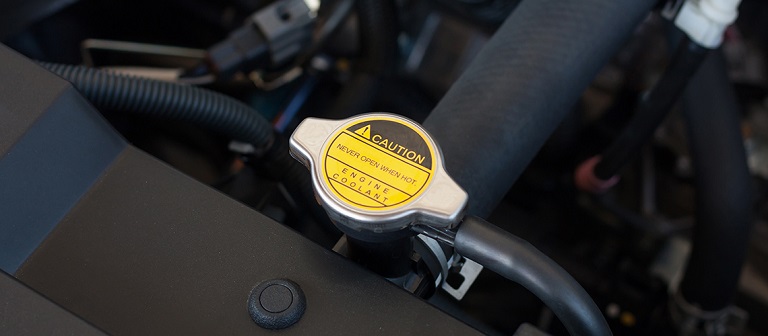
Even though gas engines have come a long way since their humble beginnings, they’re still not efficient at transforming chemical energy into mechanical power. The majority of the energy is converted into heat, which is why every vehicle, including your Mitsubishi, needs a cooling system to prevent parts from overheating. The engine, in particular, runs at high temperatures. And while the engine should run quite hot to prevent parts from wearing, to reduce the emissions the vehicle releases and improve its efficiency, it shouldn’t run too hot. Otherwise, it will overheat, leading to damage. That being said, the purpose of the cooling system is to keep the engine at just the right temperature.
Inside your Mitsubishi’s engine, gas is constantly burning, and the majority of the heat from this combustion goes out the exhaust system. However, some of it soaks inside the engine, resulting in high temperatures. The engine runs best at about 93°C. At 93°C, the combustion chamber is hot enough to vaporise the fuel completely, leading to reduced emissions and better combustion. Further, the oil used to lubricate the engine is thinner, allowing the engine parts to move freely, reducing the amount of power the engine wastes to move its own parts around. Lastly, at 90°C Celsius, the metal parts wear less.
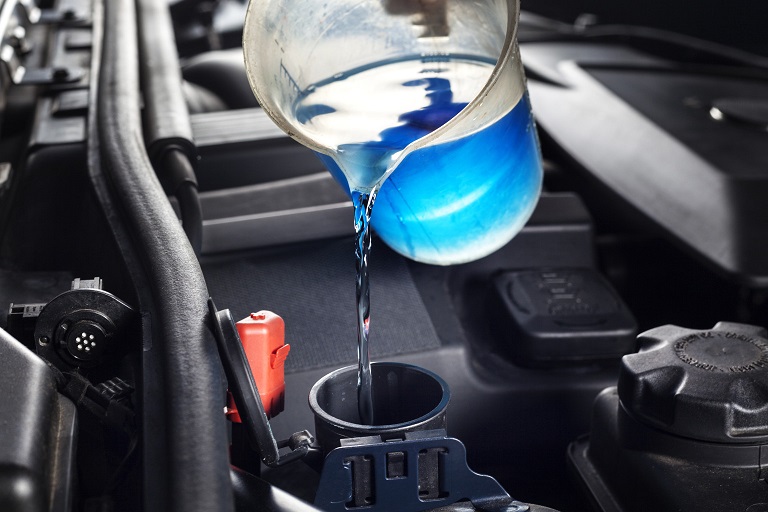
The cooling system of your Mitsubishi features a lot of plumbing and a few distinct cooling Mitsubishi parts and accessories that make up the whole system. These parts include a pump that sends antifreeze into the engine block where the cylinders are located, a thermostat where the fluid leaves the engine, and a radiator where the hot antifreeze is cooled again. There’s also an entirely different circuit for your Mitsubishi’s heating system, which takes the antifreeze from the cylinder heads and sends it through the heater core before going back to the pump.
It all starts at the pump, which is driven by a belt connected to the engine’s crankshaft. The pump circulates antifreeze whenever the engine is operating. Once the engine starts operating, the pump spins with the help of centrifugal forces. The inlet of the pump is near the centre so that the antifreeze coming back from the radiator hits the vanes. The vanes fling the antifreeze to the outside of the pump before going into the engine.
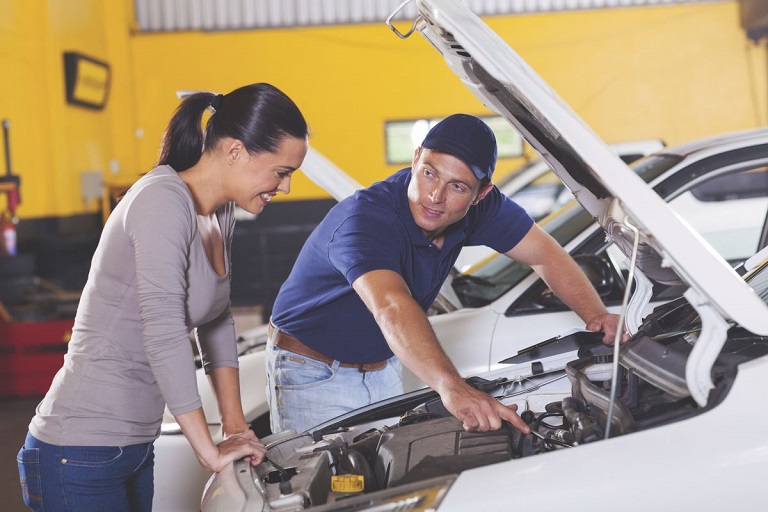
The radiator is the heart of the cooling system, and it’s the part where the magic happens. Most modern vehicles, including Mitsubishi, use aluminium radiators, which are designed to cool the hot antifreeze that passes through them before returning it to the pump. The reason most vehicles use aluminium radiators is their lightweight. Radiators feature a number of parallelly arranged tubes and fins. The fins are responsible for conducting the heat from the tubes and transferring it to the air that flows through the radiator. Sometimes, the tubes feature a fin known as a turbulator, whose purpose is to improve the turbulence of the antifreeze as it flows through them. This results in all of the antifreeze coming in contact with the tubes, allowing it to cool, which is quite important, as the amount of heat transferred from the antifreeze to the tubes depends on the difference in temperature between the two.
The cooling system also features a radiator cap, which increases the boiling point of the antifreeze by about 25°C. It does this the same way pressure cookers increase water’s boiling temperature. This is actually a pressure release valve that’s set to 15 PSI on vehicles. When the antifreeze heats up, it expands, resulting in a pressure build-up. The cap is the only point in the cooling system that allows pressure to leave. Once the pressure reaches 15 PSI, it pushes the valve open. Once open, the antifreeze leaves the cooling system and it goes to the overflow tank. This ensures air is out of the cooling system. When the radiator cools down, it creates a vacuum that pulls open another valve, sucking back the water from the overflow tank.
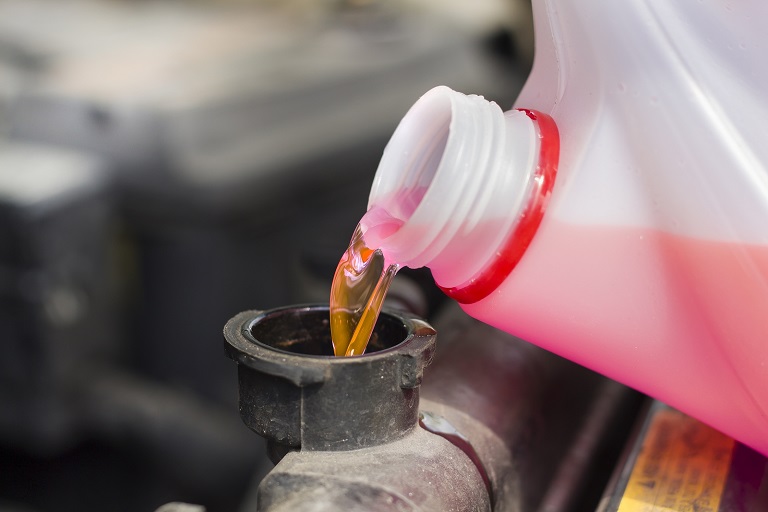
Lastly, there’s the thermostat, whose main purpose is to allow the engine to heat up, and then keep it at a constant temperature of around 93°C. This is done by regulating the amount of water that’s allowed in the radiator. At lower temperatures, the outlet to the radiator is blocked, and all of the antifreeze is recirculated back to the engine. Once the temperature rises around 80-90°C, the thermostat opens, sending antifreeze through the radiator. By the time the antifreeze reaches a temperature of 90-105°C, the thermostat is completely opened. The thermostat is one of those Mitsubishi parts and accessories that do the seemingly impossible. It’s positioned in the small cylinder found on the engine-side of the devices. The cylinder is filled with wax that melts at around 82°C, which is then pressed by a rod, forcing the wax to expand. As a result, the rod is pushed out of the cylinder, opening the valve.
Car Seat Covers: Important Step to Preserving Your Vehicle Interior
Like vehicles themselves, car seats have also become more and more advanced with a more ergonomic design, materials and controls. Along with car seats their respective accessory (covers) has also progressed, maybe not as much, but it has come a long way. Car seat covers were first introduced in 1932, 5 years after the first seat cushion was patented. Before there were car seats, there were flat bench seats. After the second World War, vehicles came with bucket seats – a more comfortable and stylish upgrade that had to be covered with a cloth like-fabric to protect it from wear and tear.


